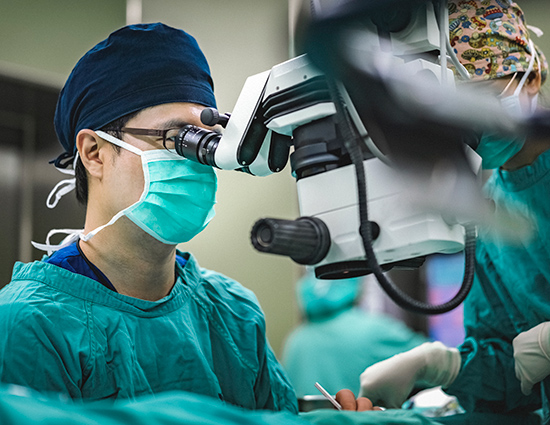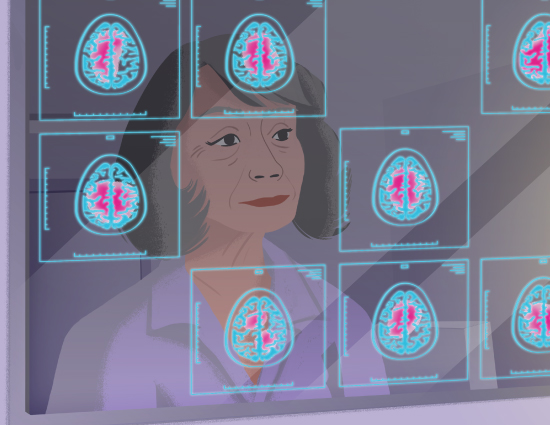
AI-enhanced imaging for superhuman surgery
AI-based methods are offering superhuman image enhancement. But their medical applications are not without risk – unless, that is, you consider a hybrid approach.

AI-based methods are offering superhuman image enhancement. But their medical applications are not without risk – unless, that is, you consider a hybrid approach.

この度のケンブリッジコンサルタンツのブランドリニューアルにより、The Engineとの関係がより強固になりました。The Engineは、MIT(マサチューセッツ工科大学)によって設立されたベンチャーキャピタルであり、気候変動、健康といった長期での社会的課題解決を目指すアーリーステージの「タフテック」企業を支援しています。戦略的パートナーとして、士気が高く、使命感に溢れているスタートアップの起業家と関わることは、弊社にとって大きな喜びです。

Dr Ashwini Sharan and Cambridge Consultants provoked debate with a film, ‘A day in the life of a Parkinson’s patient in 2030’, which imagined seamless therapy enabled by smart active implants, surgical robotics, digital connectivity and AI

Should we be designing systems that autonomously control both accuracy and precision for the best outcome of the patient? Andy Savarese explores the questions and looks ahead as the role of surgical robotics evolves.

Designing a medical device is a challenging creative task. Not only must it be safe, reliable, easy to use and have market appeal, the product design must be accepted into people’s lifestyles.

By Lai Chiu Tang’s top six insights into successful medical device design. Designing a medical device is a challenging creative task. Not only must it be safe, reliable, easy to use and have market appeal, the device must be accepted into people’s lives and lifestyles.